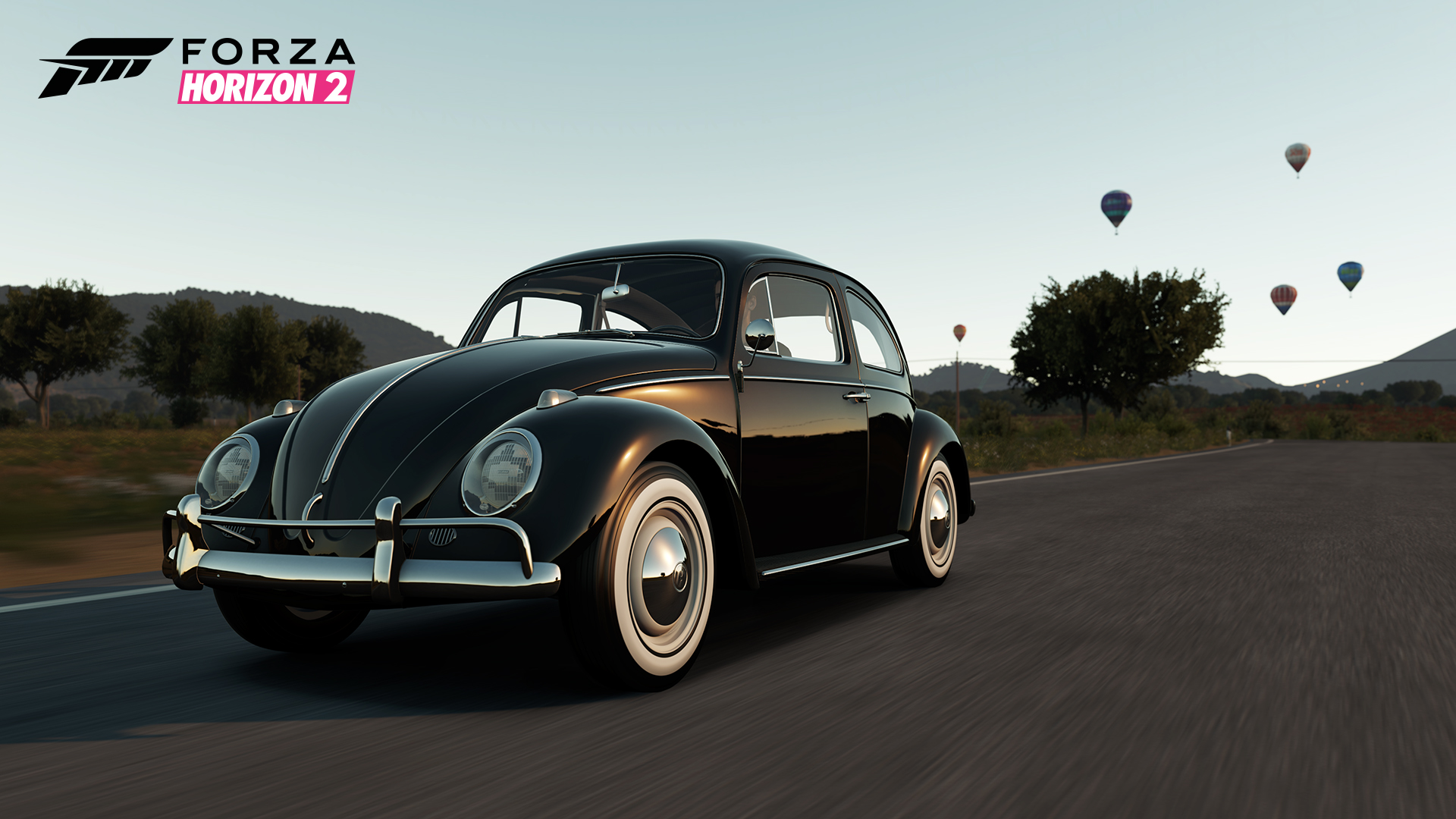
Forza Horizon 2 Car Reveal – Check Out the Week Six Cars
Week six of our Forza Horizon 2 car announcements is here, as we continue our weekly adventure of revealing the more than 200 cars that will be available in Forza Horizon 2 for Xbox One at launch. This week we bring you Forza community favorites. All of the cars featured here have achieved legendary status among the Forza Faithful for a variety of reasons. From legendary supercars like the 2012 Nissan GT-R Black Edition to timeless beauties like the 1967 Lamborghini Miura P400 and loveable eccentrics like the 1981 BMW M1, each of these cars have built a following among Forza fans, and car fanatics all over the world.
If you’re a car lover at heart, you’ve probably heard of one or more of these gems. Dive in to the full list while you await the launch of Forza Horizon 2 starting on Sept. 30!
2012 Nissan GT-R Black Edition
This Japanese super car delivers straight-line performance that can’t be beat by cars five times its price. Traction from its high tech all-wheel drive system delivers astounding grip and predictability. The GT-R’s looks make it a standout and any true import lover will either bow in its presence or suck exhaust should they try to step to it on the track.
1981 BMW M1
The star-crossed BMW M1 is a surprisingly accomplished late-1970s supercar. Dynamically, the M1 is excellent, with a superb chassis paired to a jewel of an engine – a powerplant that essentially founded an M-Division dynasty, finding a home under the hood of the M635CSi, M5, and that inspired the first M3’s powerful four cylinder. BMW started with a winning design – their Paul Bracq-penned Turbo concept car – and that aforementioned M88 inline six cylinder DOHC motor. M1’s poise, balance, and power make it quite simply one of the best-driving cars of its type and vintage.
1973 BMW 2002 Turbo
Whether you love or are indifferent about the 2002 Turbo, when you’re talking about this car the phrase “turbo lag” is going to come up. In the very early days of turbocharging, the technology was primarily intended for racing, where cars spend a lot of time near the rev limiter and not much time putting about town. Plug that technology into the diminutive 2002, and you have the same issue. Near the top of the engine range, the large turbo provided plenty of boost to the fuel-injected motor, enough to result in a maximum of almost 170 horsepower at 5,800 RPM. For the early 1970s, in a car weighing a shade under 2,400 lbs., this translated into a quickness that’s tough to understand decades later in the midst of a horsepower bonanza. So that’s the 2002 Turbo’s trade-off: lots and lots of power, if you are patient or skilled enough to let the revs climb. Or simply park it and admire the infamous mirror-imaged “2002 Turbo” script on the huge front air dam, bolt-on fender flares, and iconic tri-color striping. Don’t park it too long though, this BMW is most at home on the track.
1967 Lamborghini Miura P400
Forget the Sistine Chapel, this might be the highest form of Italian art. Without the Lamborghini Miura, the term supercar may never have come to be. In an age when the only race-derived designs came from Ferrari, the Miura showed a new direction. The Miura was conceived and designed by three of Lambo’s top engineers of the time. The result was a car whose form was revolutionary, and whose performance still thrills car lovers today.
1963 Volkswagen Beetle
“Herbie” was a 1963 Beetle. Disney’s “The Love Bug” was not just a fun-loving story of a car with a human personality but was also an exciting touring-car racing movie full of exotic European cars. In short, it’s a must-see for any VW or racing aficionado. For many, the arrival of the VW Beetle in America in 1963 meant an affordable car with great mileage and a look that was not only endearing, but immensely popular. Initially known as “The People’s Car” – a car capable of carrying two adults and three children at a speed of 62 mph – and based on Ferdinand Porsche’s 1931 design, the Beetle gave the average family a real car for the price of a motorcycle. For 1963 the “Bug” had a 40 horsepower flat-four connected to a transaxle pushing the car from the rear and was stopped by four drum brakes. It’s interesting to think where vehicle design would be today without the Beetle. The car’s influence is profound and its popularity unceasing, proven by being known as “the best-selling car of all time.”
Here are the rest of the week six cars:
- 1995 Ferrari F50
- 1992 Honda NSX-R
- 1985 Toyota Sprinter Trueno GT Apex
- 1985 Ford RS200 Evolution
- 2009 Ferrari 458 Italia
- 1994 Nissan 240SX SE
- 1968 Oldsmobile Hurst/Olds 442
- 2012 Caterham Superlight R500
- 2009 Honda S2000 CR
